Are you looking for instructional design models to develop knowledge in education? Then, we are here to tell you to bear with us. Because we will be presenting the top 6 instructional design models. And, don’t you worry? we will not bore you with boring model descriptions. In this blog, you will discover a list of instructional design models and learn about them.
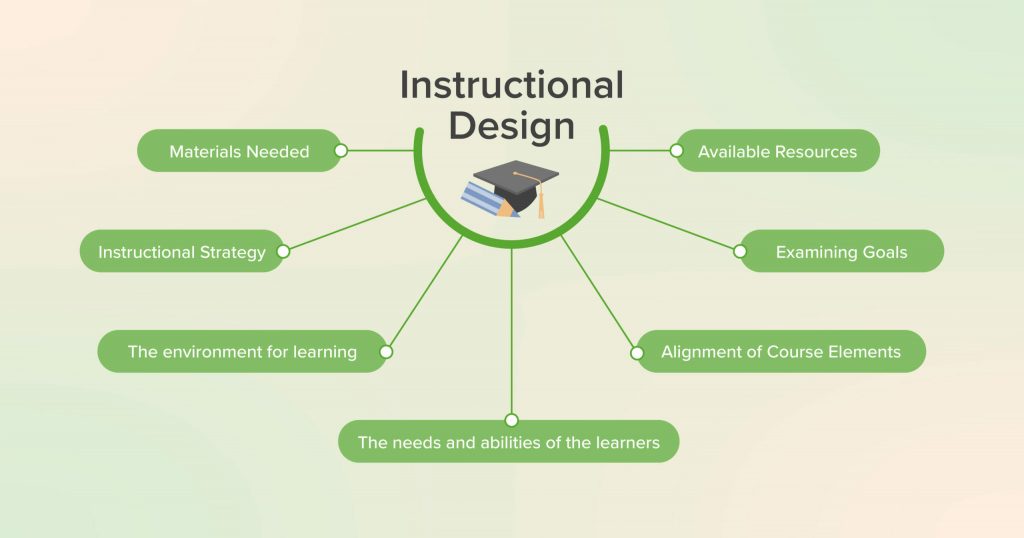
Here is the deal. After reading this blog, you can start your career as an instructional designer. Whether you’re an educator, corporate trainer, or instructional designer, you can trust us to educate you more about it. In addition, if you want to know about Online Instructional Design Model Courses, we’ve got you. We are here to introduce courses that offer in-depth knowledge and practical skills in these models.
Instructional Design Models
Let’s quickly guide you through the blog. Here, we will be discussing different instructional design models. Although, you will know about the top 6 instructional design models, you may feel differently about top models. Why? ’cause it is comparatively a subjective question. One may encounter other models during your research. But, we want to confirm that throughout the blog, you will only learn about mostly peer-valued and appreciated models. So, sit back, relax, and go one by one model.
1. ADDIE Model: One of the Most Popular Instructional Design Models
Firstly and undoubtedly, the ADDIE Model is perhaps the most well-known instructional design model. The abbreviated form stands for Analysis, Design, Development, Implementation, and Evaluation. This model also provides a systematic approach to creating educational programs.
Analysis
In this phase, instructional designers identify the learning needs, goals, and constraints. You need to make out the target audience and their existing knowledge. Since this is critical for tailoring the instruction effectively.
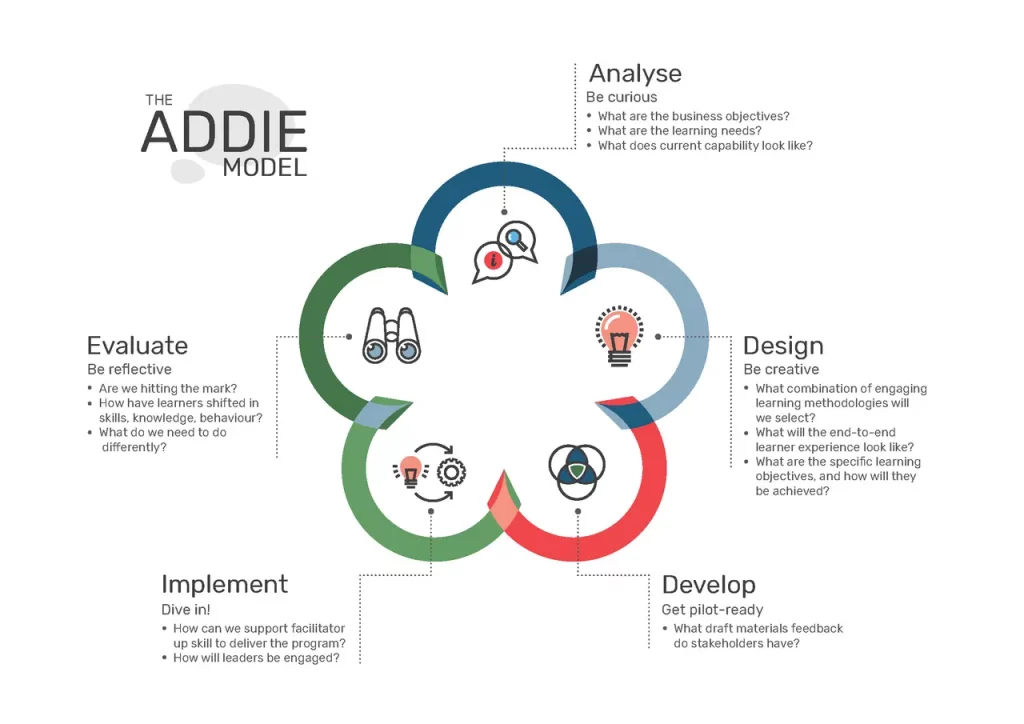
Design
After that, one needs to plan the overall structure of the course. Instructional designers create blueprints of a course. This outlines learning objectives, content, assessment methods, and instructional strategies.
Development
Next, in this phase, the actual instructional materials are created. This includes lesson plans, multimedia content, and any other resources needed for the course.
Implementation
The penultimate step of the ADDIE Model involves delivering the course to learners. It includes preparing instructors, setting up learning environments, and ensuring all materials are accessible to the target audience.
Evaluation
In conclusion, the Evaluation step is ongoing throughout the entire ADDIE process. Evaluations are conducted during each phase to ensure quality and effectiveness. By the same token, the last step is a buffer step after implementation to measure overall success.
2. Bloom’s Taxonomy: Another Popular Model from Instructional Design Models
Bloom’s Taxonomy is another foundational instructional design model. This also values focusing on categorizing educational goals. It divides cognitive skills into six levels:
- Remembering
- Understanding
- Applying
- Analyzing
- Evaluating
- Creating
Though, the listed topic is itself explaining, let us give you a quick idea. To familiarize yourself with the model, visit the pyramid structure below.
Remembering
This level involves recalling/ remembering basic facts and concepts.
Understanding
Secondly, learners interpret and summarize information in this stage.
Applying
Thirdly, learners use information in new circumstances.
Analyzing
This level of Bloom’s Taxonomy involves breaking down information into smaller parts to understand its structure.
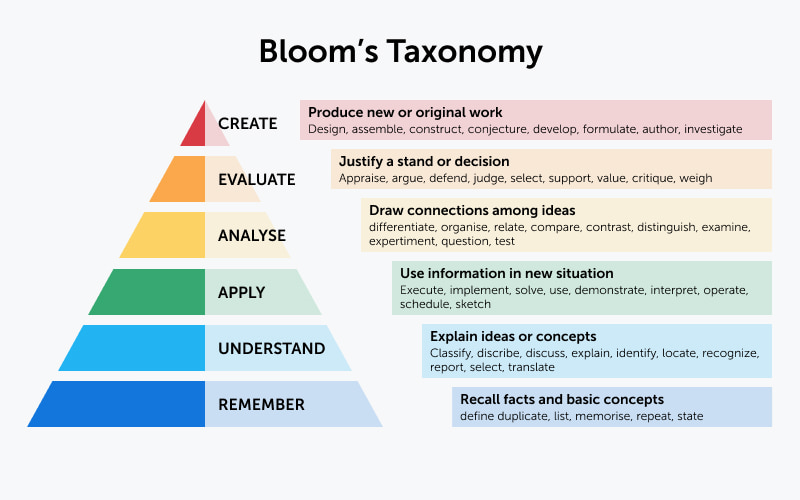
Evaluating
Additionally, learners make judgments based on criteria and standards.
Creating
Lastly, the highest level involves producing new or original work.
3. Merrill’s Principles of Instructional Design Models
David Merrill’s Principles of Instructiofocusesus on task-centered learning. This model is built around four phases:
- Activation -Firstly, this phase activates prior knowledge, helping learners connect new information with what they already know.
- Demonstration -Here, learners observe a demonstration of the skill or knowledge. This is a crucial step as they are expected to acquire.
- Application-Learners practice the new skills or apply the new knowledge in real-world scenarios.
- Integration-Finally, learners incorporate new knowledge into their daily lives and expand their understanding.
4. Gagne’s Nine Events of Instructional Design Models
Robert Gagne’s Nine Events of Instructional Design Models provides a comprehensive sequence for designing instructional experiences. These events ensure that all aspects of the learning process. Moreover, the Instructional Designer Course covers all models to help you become an expert
- Gain Attention– The first step is to start capturing the learners’ attention to prepare them for the lesson.
- Inform Learners of Objectives– After that, one needs to clearly outline what learners will achieve by the end of the instruction.
- Stimulate Recall of Prior Learning– This step helps learners recall relevant prior knowledge to build a foundation for new information.
- Present Content– The next step is to deliver the instructional content in a structured and engaging manner.
- Provide Learning Guidance– Afterward, this step offers guidance to help learners understand and retain the new information.
- Elicit Performance– Here, this model encourages learners to apply what they’ve learned through practice activities.
- Provide Feedback– This step is highly crucial as it gives immediate and specific feedback to reinforce learning.
- Assess Performance– In the penultimate step, learners determine if they have achieved the instructional objectives.
- Enhance Retention and Transfer– Lastly, this model uses strategies to ensure learners can retain and transfer their new knowledge to different contexts.
5. Kemp Design Model
The Kemp Design Model, also known as the Morrison, Ross, and Kemp model, takes a holistic approach to instructional design. It emphasizes the continuous improvement of instructional materials.
- Identifying the Instructional Problems: Firstly, you can begin by identifying the problems that the instruction aims to solve.
- Examining the Learner Characteristics: Secondly, understand the characteristics and needs of the learners.
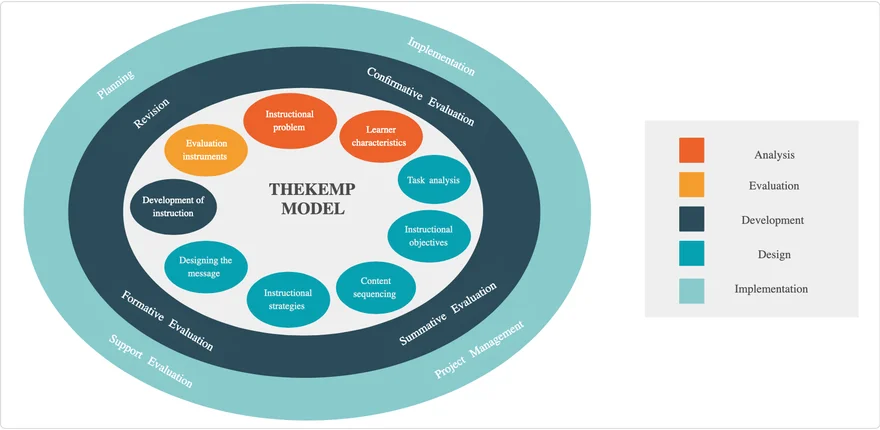
- Identify Task Content: Thirdly, outline the content that needs to be covered.
- State Instructional Objectives: Fourthly, define clear and measurable instructional objectives.
- Sequence Content: Fifthly, organize the content in a logical sequence.
- Design Instructional Strategies: After that, develop strategies that facilitate learning.
- Plan InstructionMessagesage and Delivery: In the next step, plan how the instructional message will be delivered.
- Develop Evaluation Instruments: Lastly, create tools to evaluate the effectiveness of the instruction.
6. SAM (Successive Approximation Model)
This Successive Approximation Model (SAM) is an excellent model for instructional design. It fosters iterative development and rapid prototyping. Help yourself with the below list to understand this model.
- Preparation: First and foremost, this phase involves initial planning and preparation, setting the foundation for the project.
- Iterative Design: One should conduct design in iterative cycles, allowing for continuous feedback and improvement.
- Iterative Development: Lastly, development follows the same iterative process. It ensures the final product meets the needs of the learners and stakeholders.
Best Platform to Learn Instructional Design Models

On this occasion, you might be highly interested in instructional design models. But, if you start today, soon you can be an Instructional Designer Expert. Most importantly, Henry Harvin Education provides the best platform for its learners to help from basic roles. So, if you are looking for an Instructional Designer Course in India, enroll with us. We promise you to provide the utmost assistance and exciting deals in your learning program.
To put it another way, don’t miss the chance out on the opportunity to become an instructional designer. ‘Cause the job opportunity in this role is vast. Without delay, enroll today and pave the way for tomorrow’s innovations! Also, taking an instructional designer course should be your first step into the education field. So, don’t wait to grab the best opportunity.
Conclusion
Lastly, Each model offers unique insights and methodologies, from the systematic approach of ADDIE to the task-centered principles of Merrill and the agile iterations of SAM. Consider enrolling in the Henry Harvin instructional design model course to gain practical skills and in-depth knowledge of these models.
In conclusion, it’s super important to grab onto the chances that the instructional design model offers. So, being an instructional designer you bring the power to change the world view about financial ideas in the future.
Recommended Reads
- Top 12 Instructional Design Courses Online
- How to Become an Instructional Designer in 2024
- Are Instructional Designers In Demand?
- How Much Money Do Instructional Designers Make?
- What Skills Do You Need to be an Instructional Designer?
FAQs
Q.1 Do I need a degree to become an instructional designer?
Ans: Both Yes and No. If you have an experience, then you are good to go. But, if you are a fresher, you might need a certified course to adapt to this career.
Q.2 How much can you earn being an Instructional Designer?
Ans: Usually, you can earn 7.45- 8.5 LPA as an instructional designer in India. This may vary with the experience of an expert.
Q.3 What is the role of an Instructional Designer?
Ans: An instructional designer creates the course curriculum. In addition, they ensure the utmost user-friendly learner service.
Q.4 Tell me 3 important skills of an Instructional Designer.
Ans: The top 3 skills of an instructional designer are:
- Course curriculum design
- Technology integration
- Multimedia design
Q.5 Which is the best platform to learn instructional design?
Ans: You can choose Henry Harvin Education undoubtedly to learn instructional design course.


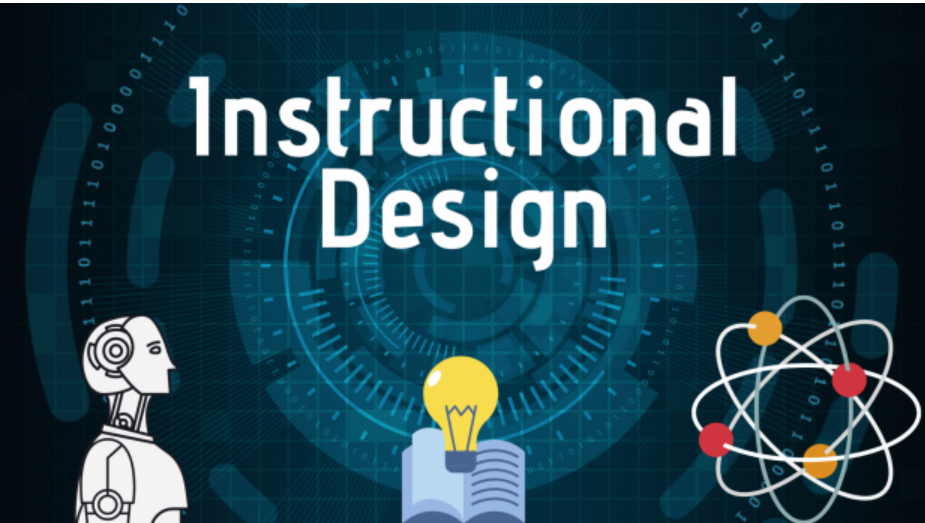








Recent Comments